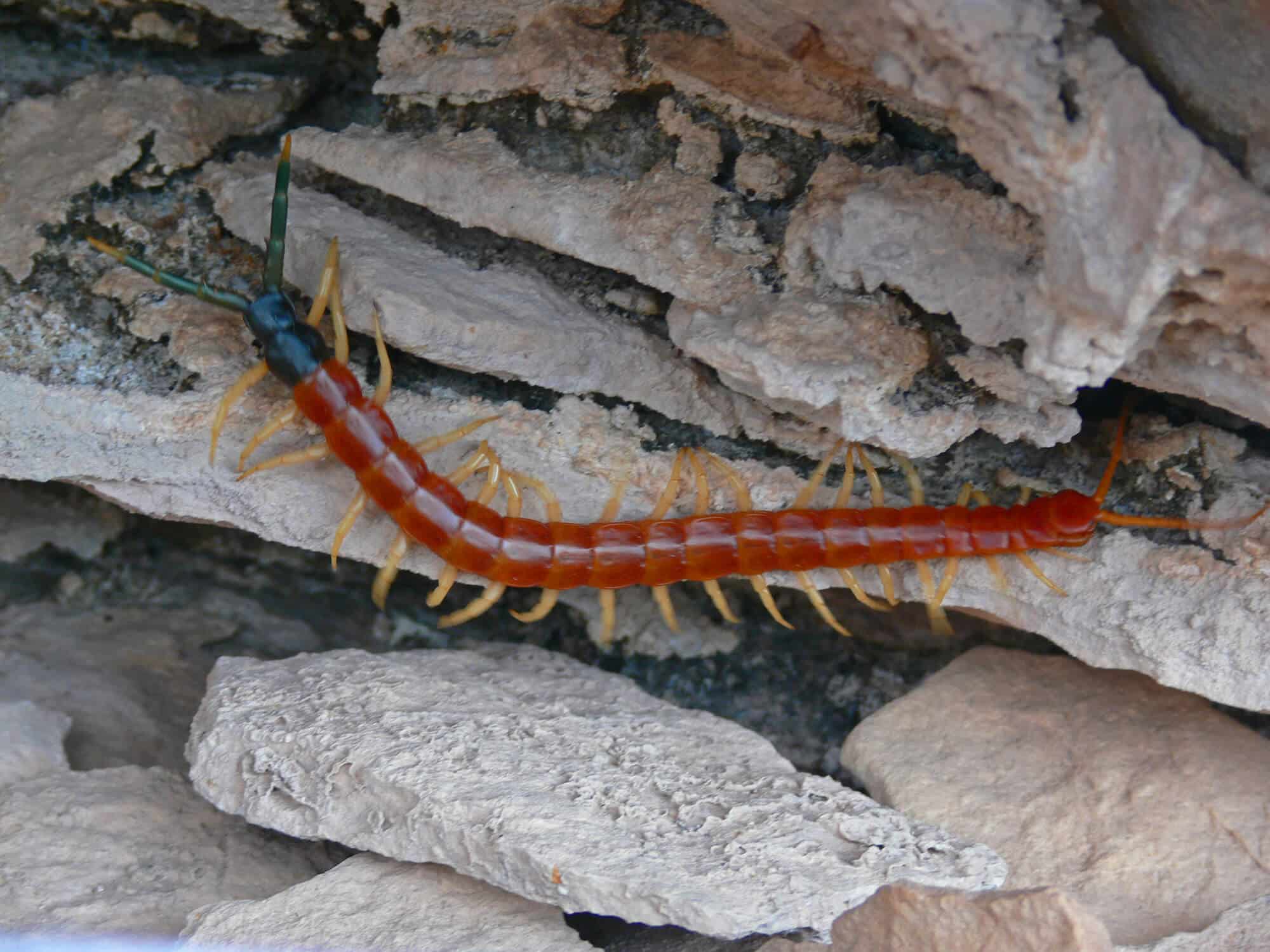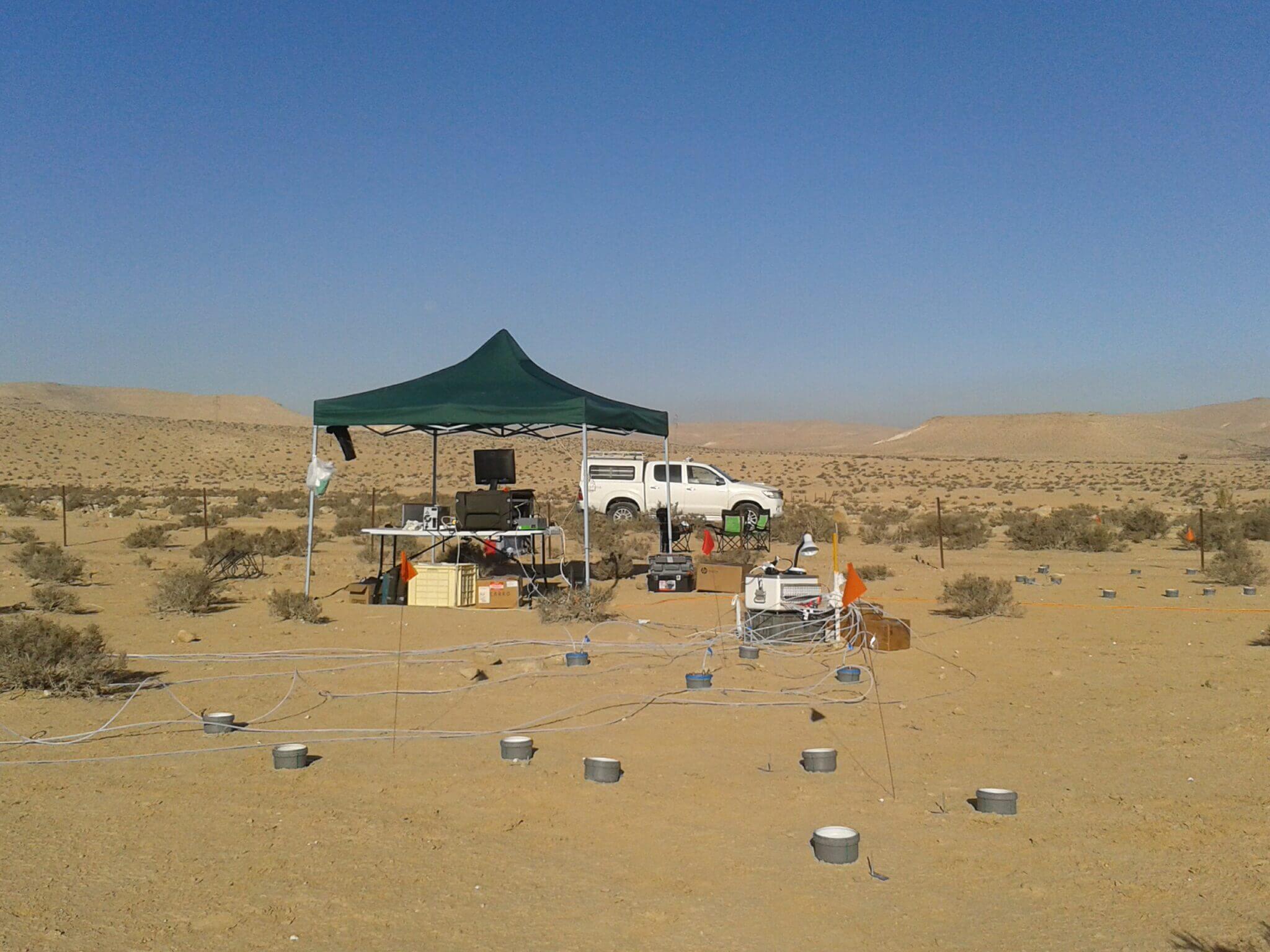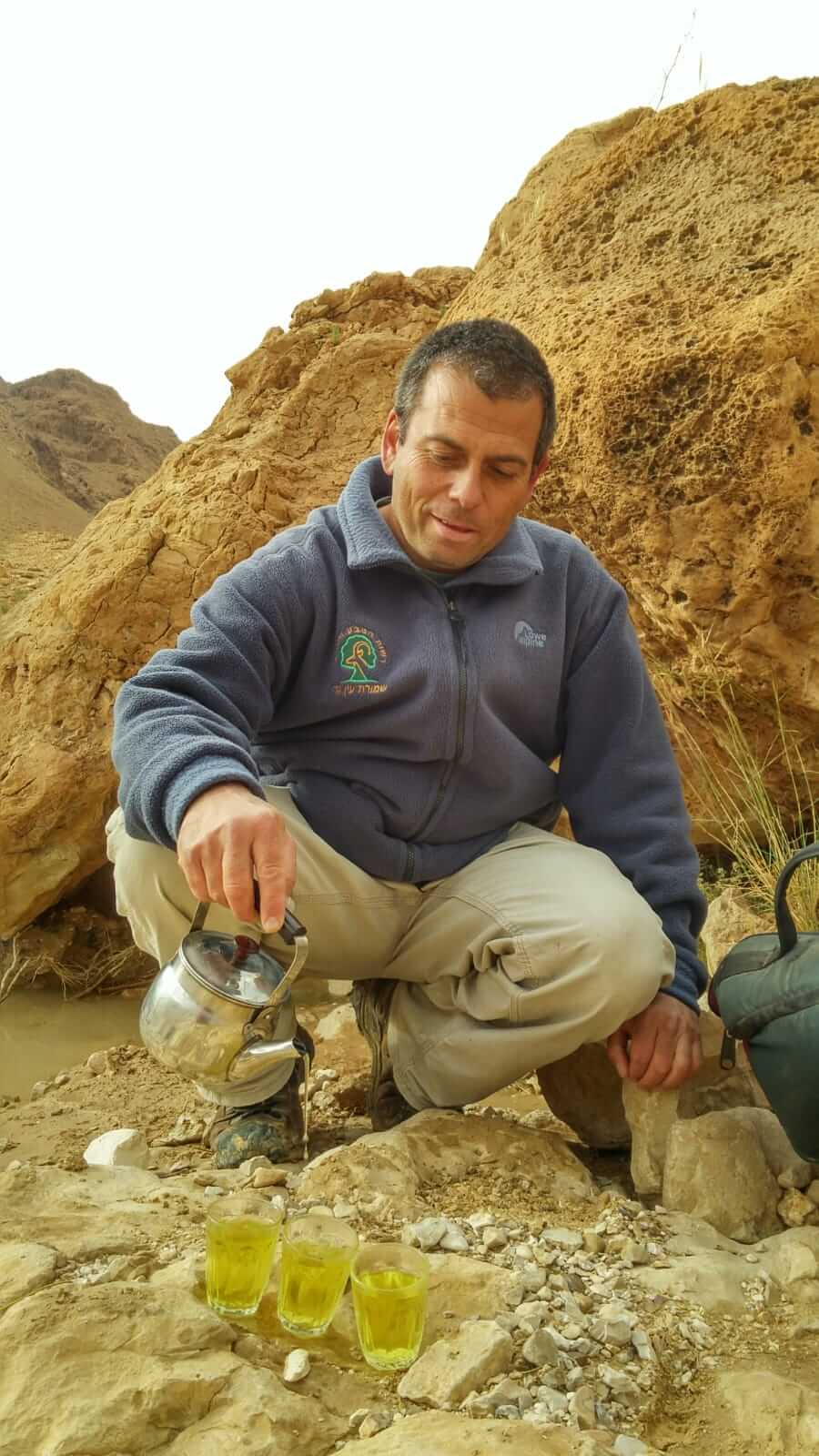Arthropods are the "main force" that breaks down plants in the desert - thus they help the functioning of the desert ecosystem

Desert areas - covering more than 40% of the earth's surface, are defined by a low level of precipitation and a lack of water. Dry conditions and lack of moisture prevail in these areas that limit biological activity, therefore, it is difficult to understand how the ecosystems in them function.
Prof. Dror HaBlana and his team from the Department of Ecology, Evolution and Behavior at the Hebrew University, examine in their laboratory how individual responses to environmental changes affect the functioning of ecosystems. They focus on predator-prey relationships and their impact on the environment. Thus, for example, they studied how the desert mycelium - a land crab that lives in the Negev - assesses the danger it faces from the yellow scorpion, how it reacts to it and what is the environmental impact of its reaction. Among other things, they found that he avoided reaching the danger zone, gave up the food that was there and had to replace it with other food - containing less protein and more biological soil membranes (microorganisms, such as bacteria and fungi, that cover the soil in arid areas). This nutritional change may affect the environment, as it can change the function of the soil layers and the rate of material recycling in the desert.
In their latest study, which won a research grant from the National Science Foundation, Prof. Belana and his team sought to understand how dead organic matter (such as fallen leaves) is broken down and recycled in the desert, so that it can be utilized by microorganisms and plants. In most ecosystems such materials are broken down by microorganisms that need high humidity to function. Therefore, the question arises, how does the vegetation in the desert decompose in the absence of moisture?

To answer this question, the researchers put fallen leaves (of the desert plant) into baskets covered with nets and placed them in a field near Abdat for a year. Each net had holes of a different size - small (less than 200 microns), medium (less than two millimeters) or large (more than two millimeters) - which allow the entry of invertebrates such as arthropods of these sizes (small, medium or large). They weighed the baskets at the beginning and end of the experiment, and thus discovered how much material from the fallen leaves had disappeared (completely crumbled or taken away). They found that the material of the fallen leaves mostly disappeared from the baskets with the large holes. From this they concluded that arthropods are responsible for about 90% of the disappearance of leaves from the surface. The main among the arthropods of the appropriate size, is the desert mycelium.
Today, the researchers continue to conduct similar experiments at seven additional sites - from the Eilat area to the Carmel - and compare them. Says Prof. Belana: "We predict that relative to other areas, in the desert arthropods will play a central role in breaking down the organic matter. After the arthropods feed on the fallen leaves, they release some of the nutrients into the environment, and these become more available to microorganisms and plants in the desert."
In another field experiment conducted by the researchers, they stuffed perforated bags with fallen leaves underground - into abandoned burrows of the desert moss and drills that simulate them (artificial burrows) - or placed them on the surface of the ground. They marked the leaves with a stable isotope of carbon-13 and tested their decomposition rate with a device that measures emissions of carbon dioxide and allows the isotopic composition of the carbon to be identified. Thus they showed that the decomposition rate of the leaves under the ground is twice as fast as that on the ground, and this is due to humid conditions that allow the activity of microorganisms. In addition, they showed that the decomposition rate is higher in the moss burrows than in the artificial burrows due to the enrichment of the soil with nutrients emitted by the moss, which aid the decomposition activity of the microorganisms. Prof. Balena: "We saw that after the rains, a rapid breakdown of organic matter takes place under the ground and it continues for most of the winter. The surface of the ground, on the other hand, dries up a few days after the rain and the decomposition in them stops until the next rain. It is possible that the plants are able to reach the moss burrows and utilize the decomposition products that are around them. If this is indeed the case, it is possible to better understand how desert plants collect nutrients in dry conditions. Today we are conducting experiments that test this issue."

Life itself:
Prof. Dror HaBlana, 51, lives in Abu Gush, is married to an environmental engineer (director of the drinking water sector at the Ministry of Health), and they have three children (12 and a half years old and 7 and a half year old twins). Even in his free time he likes to be in the open and explore animals. His family members share his love with him ("they are full partners in my research"), and together with him they travel the country, looking for different animals - such as porcupines, swamp cats, lizards and arthropods - and study them closely.
More of the topic in Hayadan:
